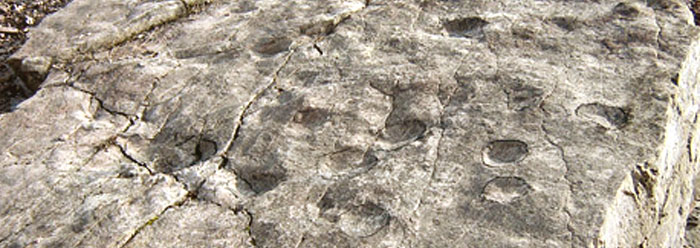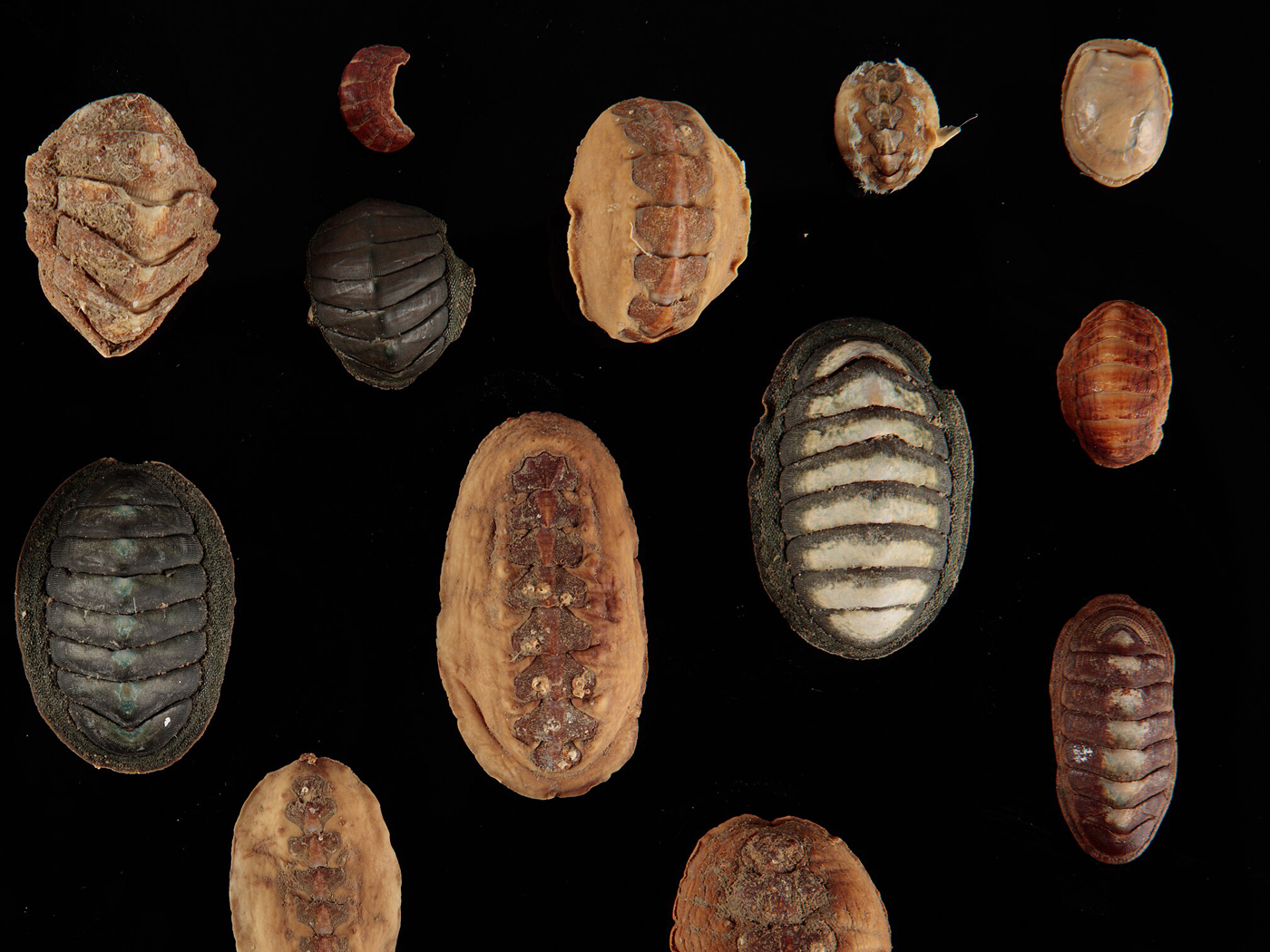Evolutionists celebrated in 2004 the discovery of what they considered to be a clear transitional form between fish fins and land legs in the features of an extinct lobe-finned fish later dubbed Tiktaalik.1 Creation scientists and some evolutionists remained skeptical of this interpretation of the fossilized creature—to the contempt of mainstream paleontologists.2 Those who doubted Tiktaalik’s “missing link” status, however, have been proved right.
Recently, a study in the technical journal Nature examined evidence that tetrapods were walking on open ground “397 million years ago” in what is now Poland.3 But this date is 18 million years earlier than expected, based on the long-held Darwinian view. This evidence, like many others before it, “pushes back evolution.”4 The Nature article stated, “[The tracks] force a radical reassessment of the timing, ecology and environmental setting of the fish-tetrapod transition, as well as the completeness of the body fossil record.”3
The evolutionary story goes that lobe-finned fishes clumsily crawled out of water and onto land millions of years ago. Some of these animals subsequently evolved into Tiktaalik-like creatures, with better working legs. But after Cambridge paleontologist Jennifer Clack reviewed the timing of these Polish tracks, she told UK newspaper The Guardian, “It blows the whole story out of the water, so to speak.”5
Whatever made the tracks in Poland does not look transitional, because they “were walking” with “stout legs.”5 How could fully-formed land walkers have evolved from lobe-finned fish if they were walking around in a time before the fishes’ ancestors were alive?
According to the creation science model, these fossil tracks were formed along with most fossils during the single year of Noah’s Flood. Thus, although one would expect to find an ecological grade from marine to terrestrial life appearing vertically through sedimentary rocks (since marine animals would naturally have been buried first), one would not expect evolutionary relationships to be borne out in fossils. And indeed they are not.
Tiktaalik needs to be removed from textbooks and museum displays where it is currently positioned as a creature with key transitional features. The evolutionary story of how fish sprouted limbs just went back to square one. The slate is blank, and it can either be filled in with a new speculative story about how sea life moved onto land—or with a new paradigm altogether.
References
- Shubin, N. H., E. B. Daeschler, and F. A Jenkins. 2006. The pectoral fin of Tiktaalik roseae and the origin of the tetrapod limb. Nature. 440 (7085): 764-771.
- See Sherwin, F. 2006. Tiktaalik: Our Ancestor? ICR News. Posted on icr.org April 11, 2006, accessed January 21, 2010. For instance, creation paleontologist Kurt Wise suggested that Tiktaalik’s features would have worked well in the marshy interface between open water and land, making it well suited to an ecological transition. But it didn’t show signs of evolutionary transition.
- Niedzwiedzki, G. et al. 2010. Tetrapod trackways from the early Middle Devonian period of Poland. Nature. 463 (7277): 43-48.
- Roach, J. Oldest Land-Walker Tracks Found—Pushes Back Evolution. National Geographic Daily News. Posted on news.nationalgeographic.com January 6, 2010, accessed January 21, 2010.
- McVeigh, K. Footprints show tetrapods walked on land 18m years earlier than thought. The Guardian. Posted on guardian.co.uk January 6, 2010, accessed January 21, 2010.
Image credit: Grzegorz Niedzwiedzki
* Mr. Sherwin is Senior Science Lecturer at the Institute for Creation Research.
Article posted on January 27, 2010.














